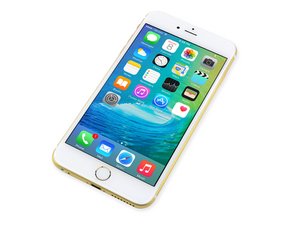@natluc that battery has done it's job of going up in flames:-)when exposed to humidty etc. This is known as “venting with flame.” You are right in your assumption that it is mostly inert now. Still use some common sense and work on it in a somewhat controlled area.
"** DISPOSAL OF LIPO BATTERIES **
Unlike NiCd batteries, lithium-polymer batteries are environmentally friendly.
For safety reasons, it’s best that LiPo cells be fully discharged before disposal (however, if physically damaged it is NOT recommended to discharge LiPo cells before disposal – see below for details). The batteries must also be cool before proceeding with disposal instructions. To dispose of LiPo cells and packs:
1. If any LiPo cell in the pack has been physically damaged, resulting in a swollen cell or a split or tear in a cell’s foil covering, do NOT discharge the battery.
Jump to step 5.
2. Place the LiPo battery in a fireproof container or bucket of sand.
3. Connect the battery to a LiPo discharger. Set the discharge cutoff voltage to the lowest possible value. Set the discharge current to a C/10 value, with “C” being the capacity rating of the pack. For example, the “1C” rating for a 1200mAh battery is 1.2A, and that battery’s C/10 current value is (1.2A / 10) can be used, such as a power resistor or set of light bulbs as long as the discharge current doesn’t exceed the C/10 value and cause an overheating condition.
For LiPo packs rated at 7.4V and 11.1V , connect a 150 ohm resistor with a power rating of 2 watts (commonly found at Radio Shack)to the pack’s positive and negative terminals to safely discharge connecting it to an ESC/ motor system and allowing the motor to run indefinitely until no power remains to further cause the system to function.
4. Discharge the battery until its voltage reaches 1.0V per cell or lower. For resistive load type discharges, discharge the battery for up to 24 hours.
5. Submerse the battery into bucket or tub of salt water. This container should have a lid, but it should not need to be air-tight. Prepare a plastic container (do not use metal) of cold water. And mix in 1/2 cup of salt per gallon of water. Drop the battery into the salt water.
Allow the battery to remain in the tub of salt water for at least 2 weeks.
6. Remove the LiPo battery from the salt water, wrap it in newspaper or paper towels and
place it in the normal trash. They are landfill safe." from here." This is general information for future purpose
Был ли этот ответ полезен?
Проголосовали
Отменить
Счет
6
Отмена
Прокрутите эту тему, чтобы найти подходящее место для этого комментария. Затем нажмите "Прикрепить комментарий к этому сообщению", чтобы переместить его.

 2
2  1
1 
 2,4к
2,4к 

1 Комментарий
Okay ... I get they can still be powering circuits in the phone, but seriously guys? Prying and heat gunning? You're asking for the things to flare up. USE ALCOHOL TO DILUTE THE ADHESIVE!!! Yes, it means using your brain, considering the layout if the device, possibly the absolute horror of working at an uncomfortable awkward angle of a few minutes, but if you can get something thin under it, there are easier ways that don't risk literally blowing up in your face and burning the apartment block down! Ill usually use a sturdy yet flexable piece of metal or plastic like a sprudger, drip a bit of alcohol on the leading edge and slice at the adhesive between the battery and the casing. Work it across a few times, then reapply isoalcohol, 70% is fine, be careful not to let excess flow and pool in the phone especially the screen, there is NO RISK OF SHORTING A DISCHARGED CIRCUIT so, if you can, wedge a thin guitar pick between the contacts try to turn it on a few times then let it sit for a while. Itll be fine.
из Tank R